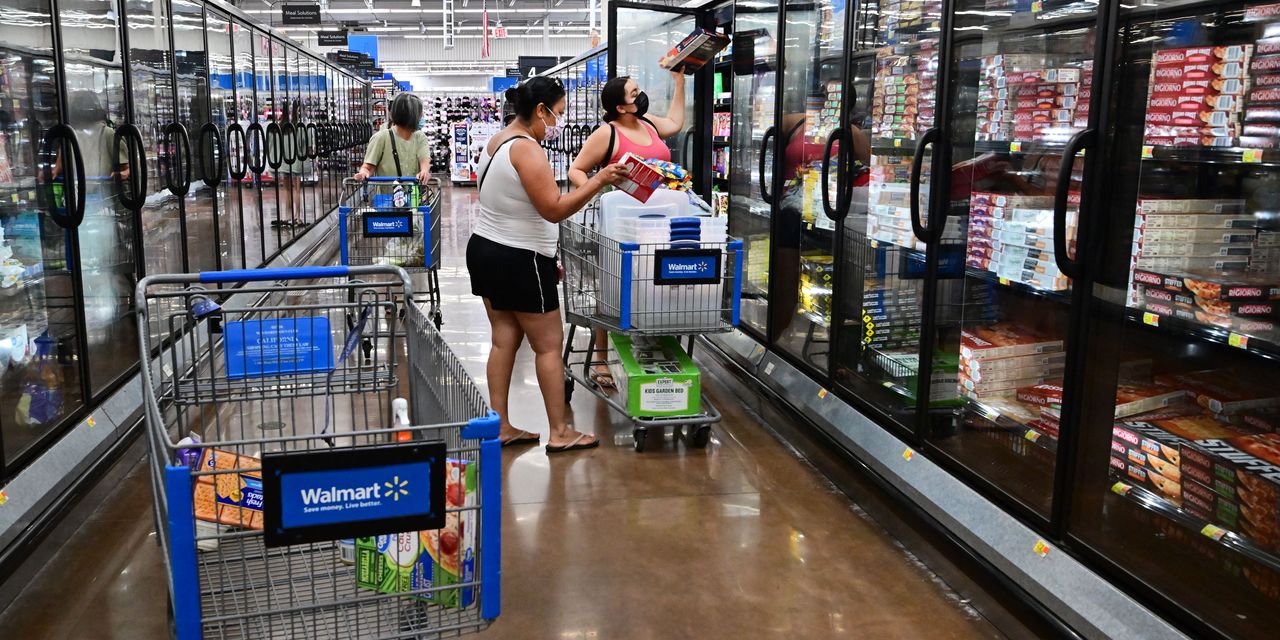The Federal Reserve’s preferred measure of inflation came in lower than expected in May, a reassuring sign that the era of red-hot prices is ending—but likely not fast enough to stop the central bank from continuing to raise interest rates.
The core personal-consumption expenditures price index, also known as the core PCE deflator, rose 0.3% month over month in May, down from 0.4% in April and below expectations of 0.4% among economists surveyed by FactSet. Core PCE rose 4.6% year over year, down from 4.7% in April and also below estimates.
Headline PCE, which includes volatile food and energy prices, climbed 3.8% from a year earlier in May. The increase was the lowest since April 2021—a sign of how far down inflation has come since that metric peaked at 7% in June 2022.
“This is excellent news on the inflation fight. If you don’t believe disinflation is happening, you aren’t paying attention,” said Jamie Cox, a managing partner at Harris Financial Group.
Still, inflation remains above the Fed’s 2% target. Investors expect the central bank to keep raising rates, as it has done aggressively since March 2022 to tame the hottest price growth in decades.
The latest batch of PCE data, the last such release before the Fed’s next decision on rates in late July, should temper nerves about how much more the central bank will tighten financial conditions this year. After 10 consecutive rate increases, the Fed hit the pause button in June but has warned that further increases may be necessary.
Investors, for their part, have cheered the better-than-expected data as markets head for the weekend and the end of the first half of 2023. By late morning, the
Dow Jones Industrial Average
gained 220 points, or 0.6%, with the
S&P 500
rising 1.1%.
“While the immediate reaction in equity markets remains positive, still stubborn core inflation remains intact,” said Quincy Krosby, a strategist at LPL Financial. “This report underpins a July 26 rate hike as warned by Jerome Powell.”
Still, while interest-rate futures recently have shown increased odds for rate hikes in July and September, given strong economic data and hawkish remarks from Fed Chairman Jerome Powell, the landscape is changing.
The chances of a quarter-point rate hike in July have edged down to 87% from 89% on Thursday, according to the CME FedWatch Tool, which tracks federal-funds futures, with the odds of rates being held steady rising to 13% from 11%. While markets had priced in a 27% chance of a larger, half-point rate hike in September as of Thursday, those chances had fallen to 19% by Friday.
While there may be little inflation data on tap before the Fed’s next decision, investors will have more to chew on. The next big catalyst could be the jobs report for June, due July 7, as the Fed continues to monitor a tight labor market.
Write to Jack Denton at [email protected]
Read the full article here


